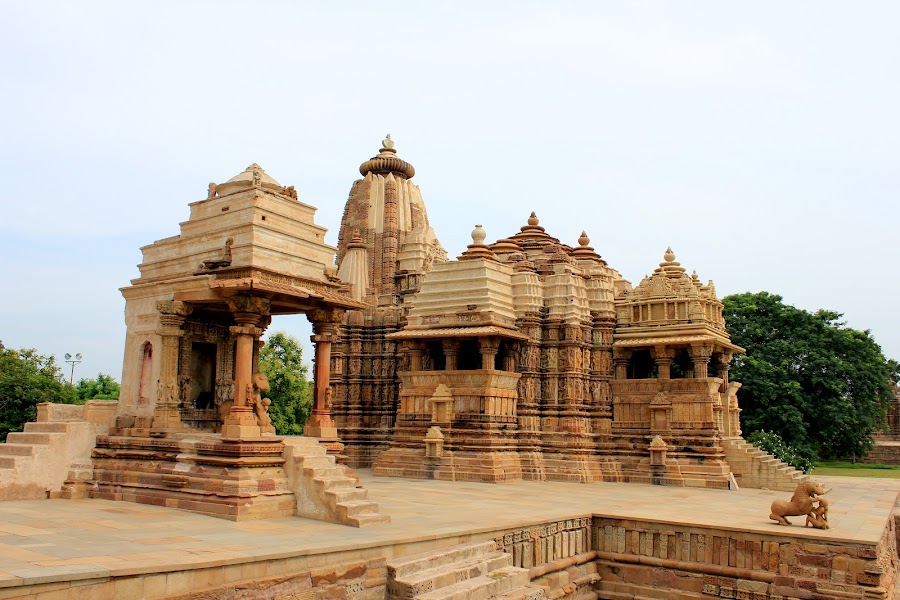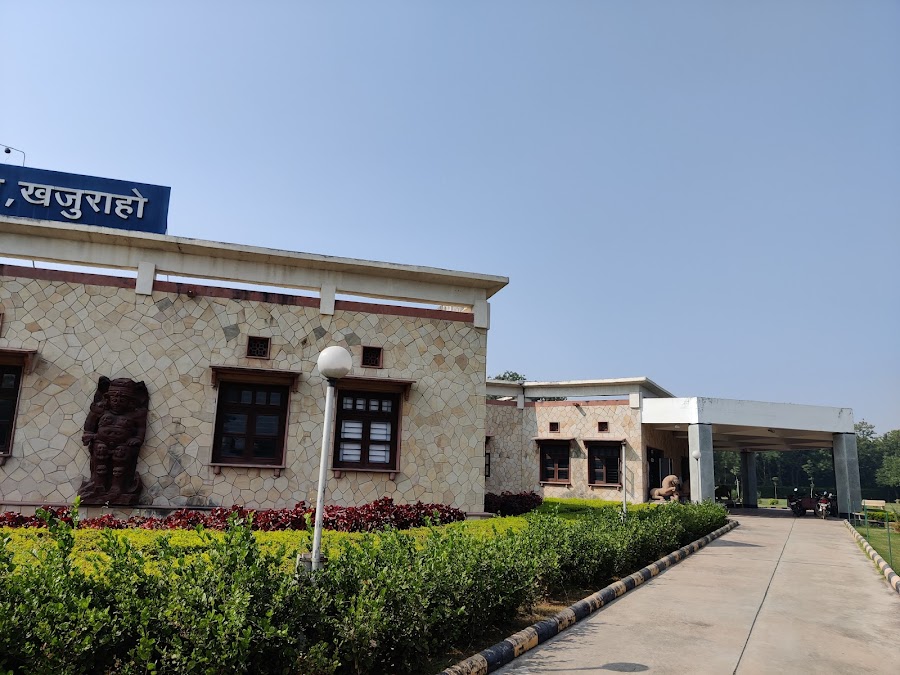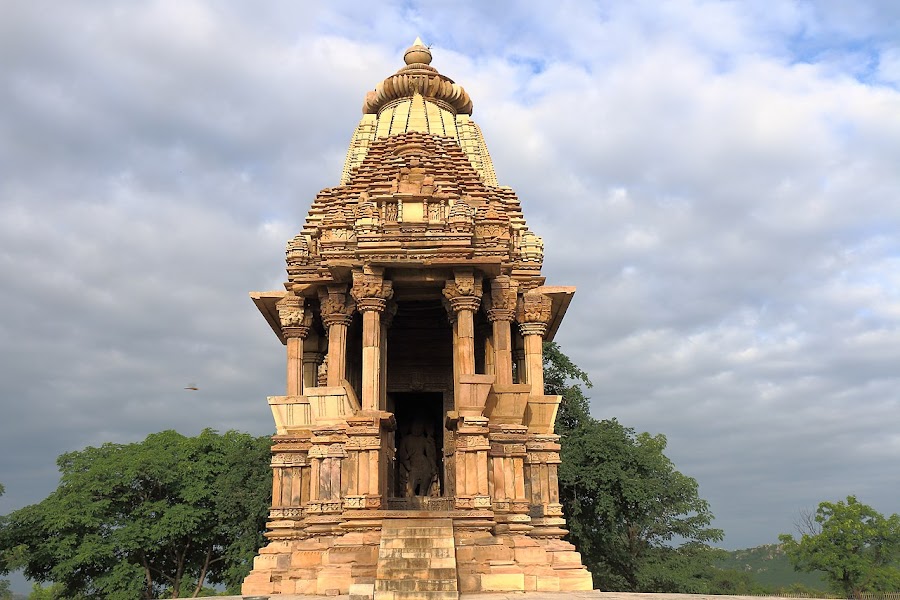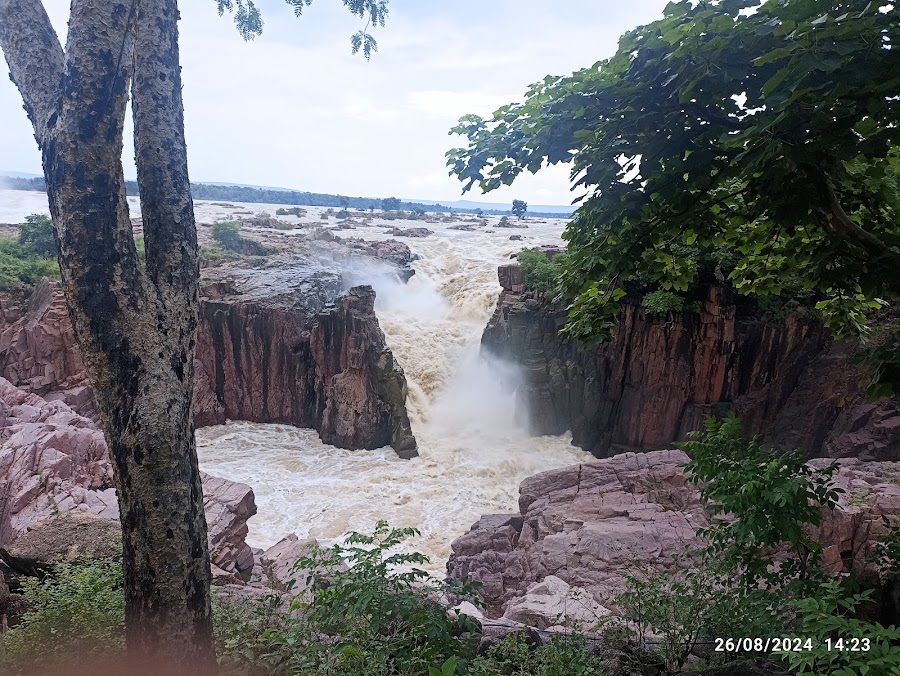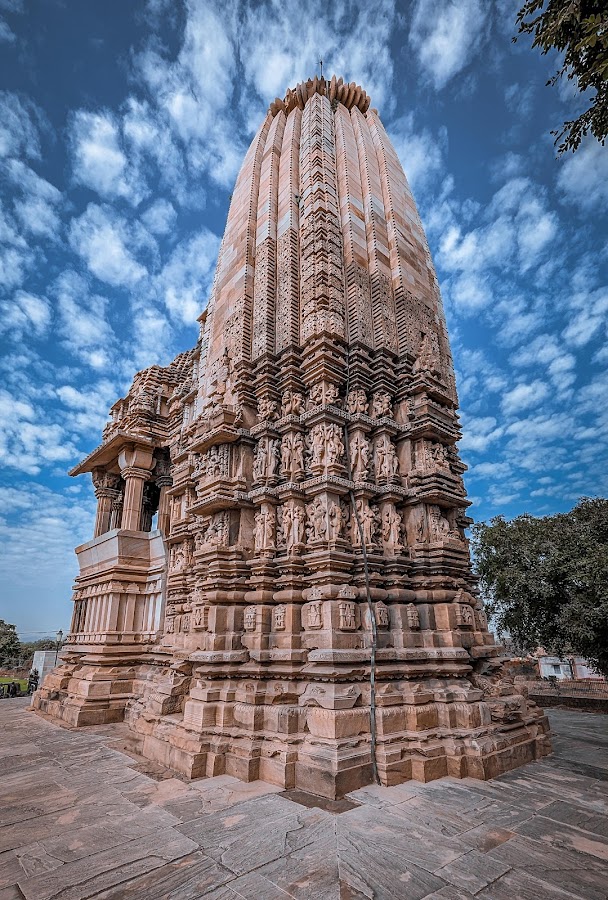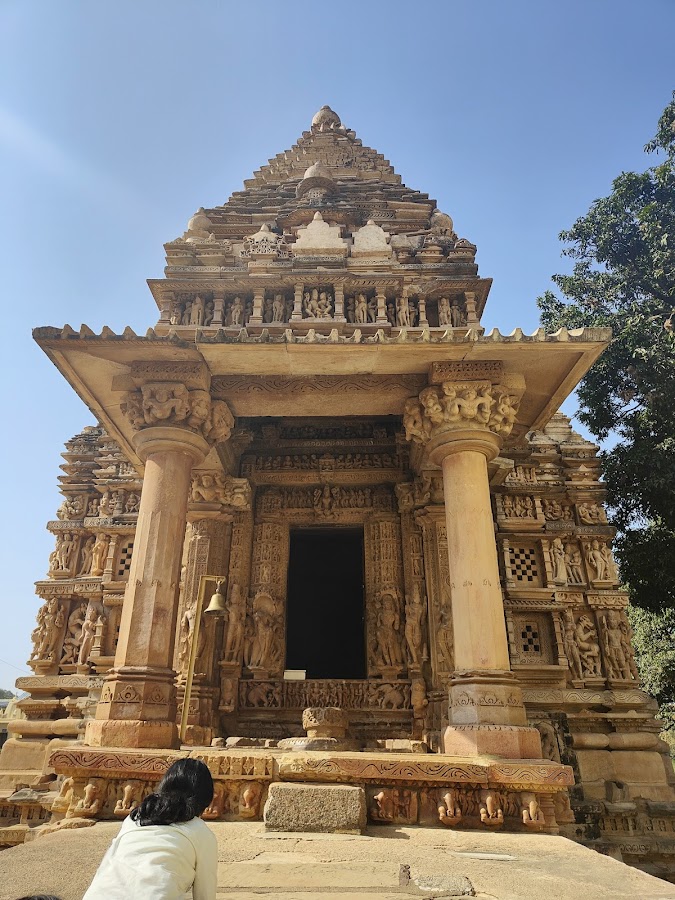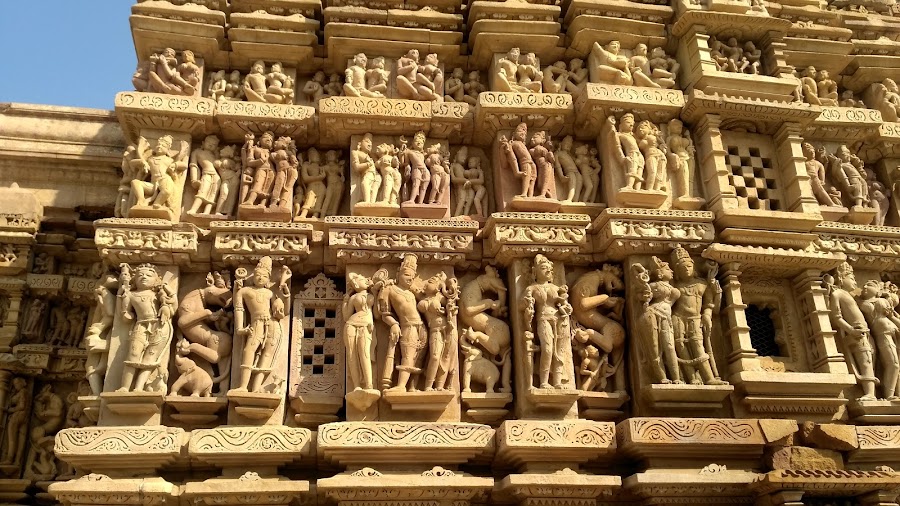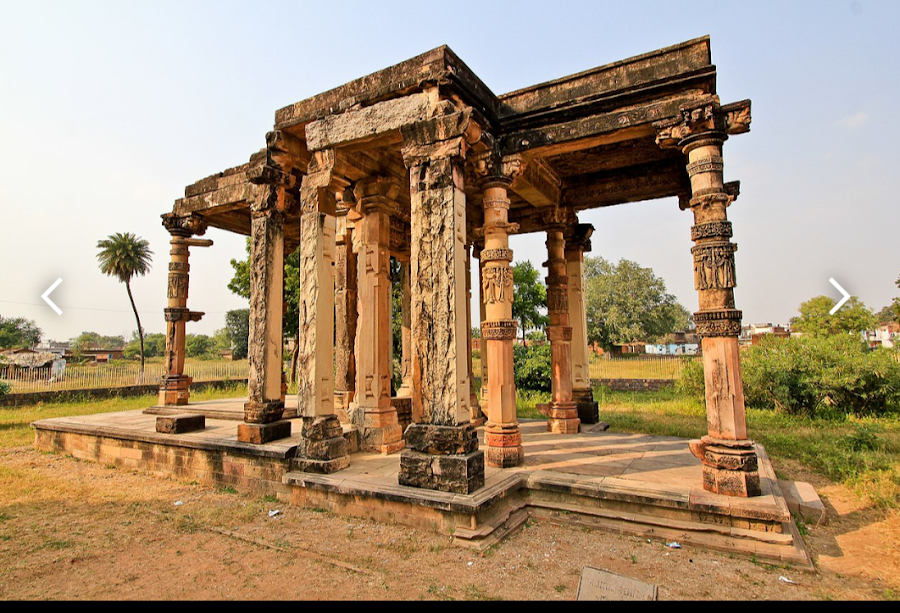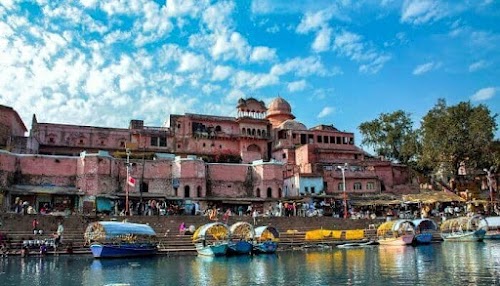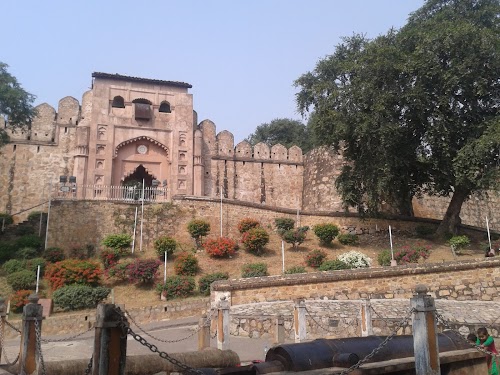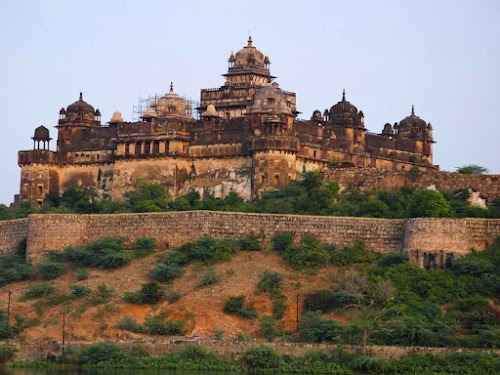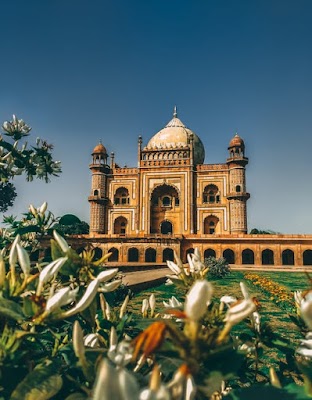Khajuraho, India
Khajuraho, located in Madhya Pradesh, India, is world-renowned for its magnificent temples adorned with intricate sculptures. These temples, built by the Chandela dynasty between the 9th and 12th centuries, showcase a unique blend of art, architecture, and spirituality. The detailed carvings depict various aspects of life, including deities, warriors, dancers, and, most famously, erotic scenes. Khajuraho is a UNESCO World Heritage Site, attracting tourists from all over the globe who come to marvel at the artistic excellence and historical significance of these ancient temples. The town itself is relatively small, offering a peaceful atmosphere and a chance to experience the rich cultural heritage of India.
Known for:
History:
The history of Khajuraho is closely linked to the Chandela dynasty, who ruled the region from the 9th to the 13th centuries. They were Rajputs. The Chandelas were known for their patronage of art and architecture, and they commissioned the construction of the Khajuraho temples. Out of the 85 temples originally built, only about 25 remain today. After the decline of the Chandela dynasty, Khajuraho fell into obscurity and was largely forgotten until rediscovered in the 19th century. The temples have since been restored and recognized as a UNESCO World Heritage Site, attracting visitors from around the world and preserving the legacy of the Chandela dynasty.
How to reach:
Khajuraho has its own airport (HJR), with direct flights from major Indian cities like Delhi and Mumbai. The nearest railway station is Khajuraho Railway Station (KURJ), which is well-connected to other parts of India. You can also reach Khajuraho by road, with regular bus services and taxi options available from nearby cities.
Places in Khajuraho, India

Western Group of Temples
Khajuraho, India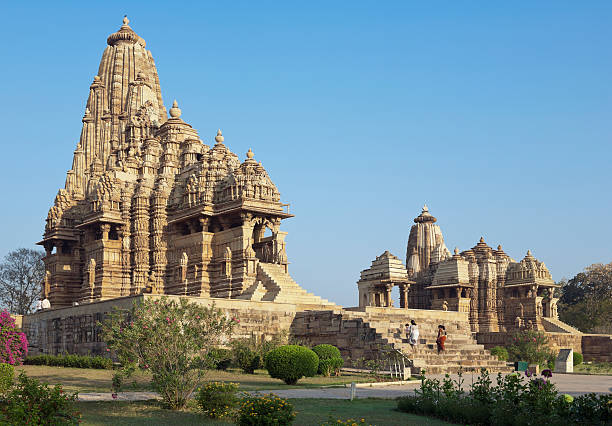
Kandariya Mahadeva Temple
Khajuraho, India
Lakshmana Temple
Khajuraho, India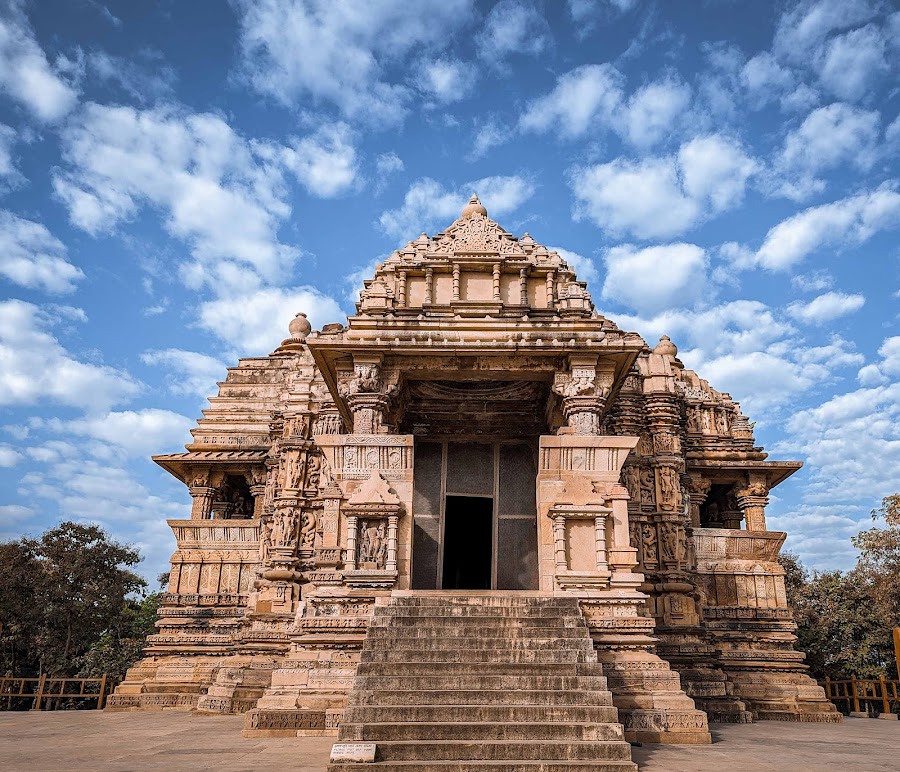
Devi Jagadambi Temple
Khajuraho, India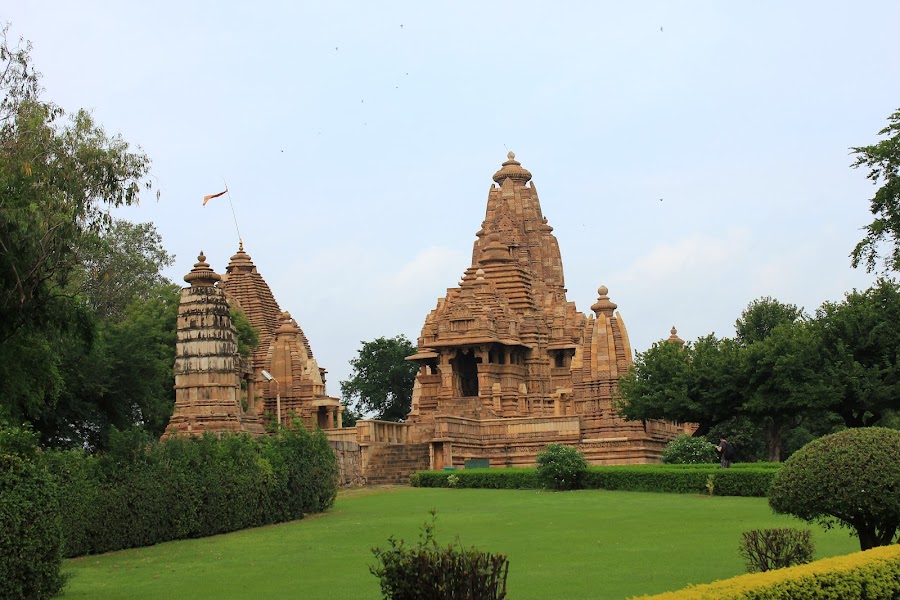
Vishvanatha Temple
Khajuraho, India
Nandi Temple
Khajuraho, India
Parshvanatha Temple
Khajuraho, India
Duladeo Temple
Khajuraho, India